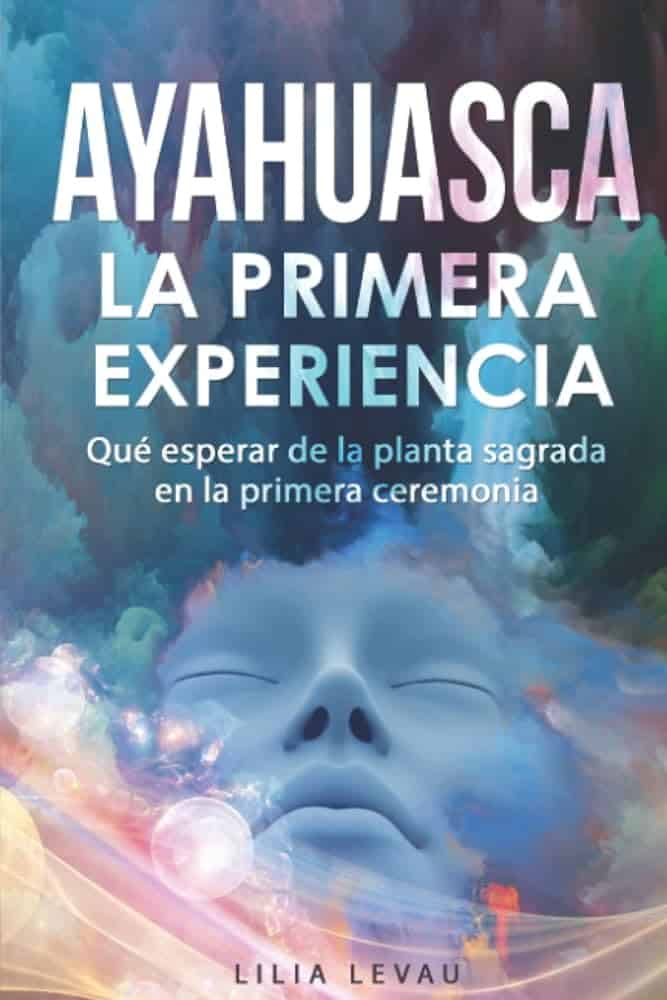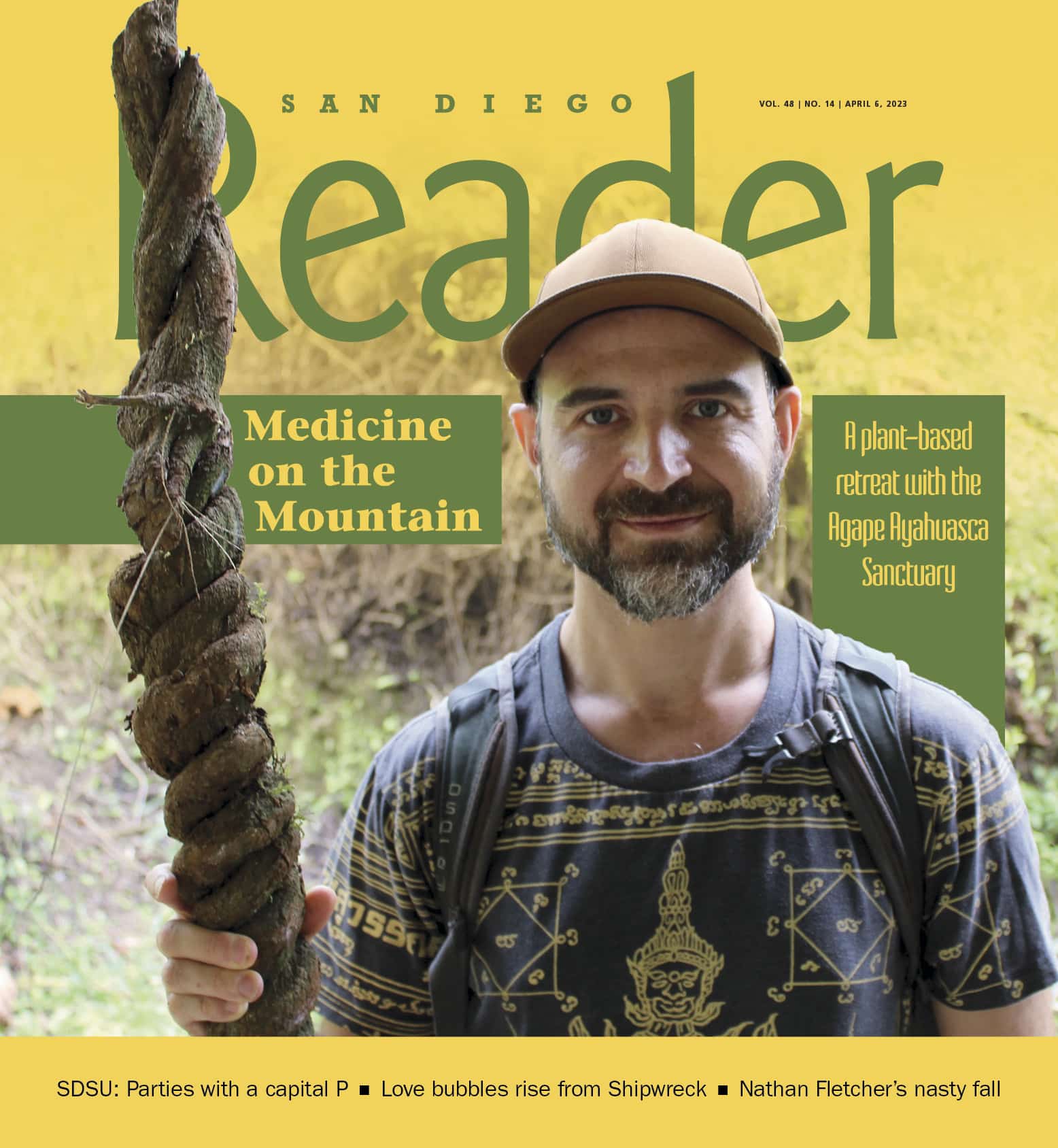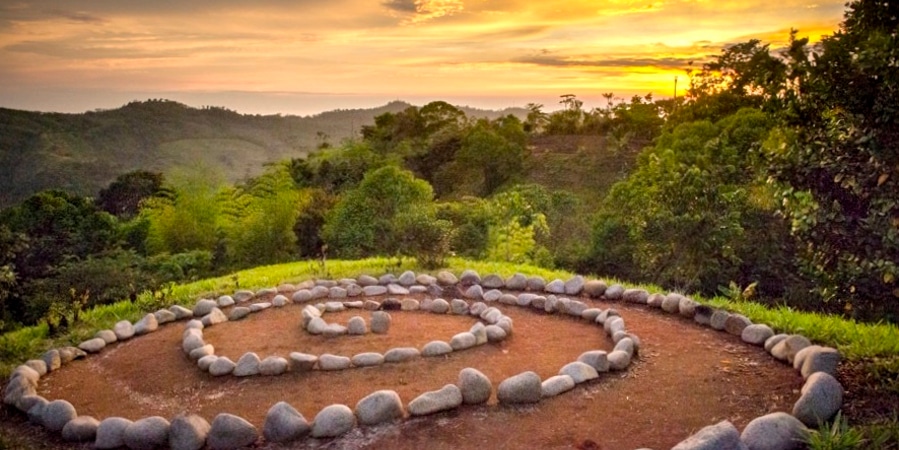Welcome to my blog, Ayahuasca Experience. Today, we delve into the visual essence of this ancient brew through captivating pictures of ayahuasca, offering a glimpse into the sacred ceremonies and the profound healing journey it facilitates.
Visualizing the Ayahuasca Journey: Capturing the Essence through Imagery
Visualizing the Ayahuasca journey is no small task; it’s a deeply personal experience that defies simple description. Yet, those who embark on this transformative adventure during an Ayahuasca retreat often attest to profound mental, emotional, and spiritual healing. The question then becomes: how can we capture the essence of such a profound experience through imagery?
In the realms of healing and spirituality, the Ayahuasca experience is replete with symbolic visions, intense emotions, and encounters with the ineffable. Participants frequently report seeing vibrant colors, intricate patterns, or even undergoing personal interactions with plant spirits or ancestral beings. These visionary experiences are said to be a doorway to the subconscious mind, revealing inner truths and providing clarity on past traumas.
To visually encapsulate the journey, one might attempt to depict the common motifs reported by those who have partaken in the sacred brew. Illustrations could include serpentine shapes, representing the spirit of Ayahuasca or Mother Ayahuasca herself, often described as a snake or vine. Other imagery may involve jungle landscapes, animal guides, or ancestral figures that participants encounter during their voyage.
Artists who endeavor to represent the Ayahuasca experience typically draw from a palette rich with psychedelic hues – deep purples, radiant blues, and fiery oranges and reds – attempting to convey the intensity and variety of sights one might see. However, it’s not just the visual aspect that’s important; capturing the essence of the experience also requires conveying the emotional and spiritual upheaval that often accompanies these visions.
Photography, though less capable of depicting the internal experience, can play a role in visual storytelling by capturing the essence of the retreat environment: the serene beauty of the location, the communal nature of the ceremony, and the dedicated healers who guide participants through their journey. These images can convey the preparation, the ritualistic elements, such as the Ayahuasca brew itself, and the supportive setting of the retreat.
Ultimately, no single image or series of images can fully encapsulate the complexity of an Ayahuasca journey. It is an experience that transcends visual representation, living in the hearts and minds of those who have embraced its potential for healing and transformation. Yet through thoughtful and sensitive imagery, one can at least offer a glimpse into the transformative power of the Ayahuasca retreat and healing process, inviting others to explore this ancient path to wellness and self-discovery.
I Worked at an Ayahuasca Retreat: What I WISH Someone Told Me…
Can Ayahuasca Give An Intense Spiritual Experience? Sadhguru Answers
How does ayahuasca affect you?
Ayahuasca is a powerful psychoactive brew that has been used for centuries by indigenous tribes in the Amazon Basin for spiritual and medicinal purposes. At an Ayahuasca Retreat and Healing center, participants drink ayahuasca under the guidance of an experienced shaman or facilitator. The effects of ayahuasca can be profound and multifaceted, impacting individuals on physical, psychological, and spiritual levels.
Physiological Effects: On a physical level, ayahuasca can induce strong vomiting and sometimes diarrhea, which are considered cleansing processes, purging the body of physical and emotional toxins. It can also cause variations in heart rate and blood pressure, and can have other mild to moderate physiological impacts.
Psychological Effects: Ayahuasca contains dimethyltryptamine (DMT), a potent hallucinogenic compound. It can cause intense visual and auditory hallucinations, leading to profound alterations in consciousness. Participants often report experiencing personal insights, vivid memories, and sometimes challenging confrontations with their fears and traumas. There’s a therapeutic element as it can help some individuals work through personal issues, including trauma, addiction, and depression, within a supportive setting.
Spiritual Effects: Many users report feeling a sense of interconnectedness with nature, the universe, or the divine during an ayahuasca ceremony. It is common to undergo what is described as a spiritual awakening or enlightenment, which may include encounters with spiritual beings or a deep sense of introspection and existential revelation.
Emotional Effects: Ayahuasca is known to bring about a wide range of emotional responses, from overwhelming joy and love to intense fear and sadness. This emotional release is often seen as a cathartic process, allowing for the healing of past wounds and emotional baggage.
Integration: The post-ceremony integration process is a crucial part of the healing journey, as it involves making sense of the experience and applying insights gained to one’s life. Ayahuasca retreats often provide support through group sharing, individual counseling, and further reflective practices to assist with integration.
It’s important to note that ayahuasca is not for everyone, and the experience can vary greatly between individuals. It can potentially interact with certain medications or pre-existing health conditions, making it imperative that those interested in participating in an ayahuasca ceremony disclose their complete medical history to the facilitators and ensure they are at a reputable retreat center with experienced staff. The setting and context, often referred to as «set and setting,» play critical roles in the overall experience and outcomes of an ayahuasca journey.
Which religion does ayahuasca originate from?
Ayahuasca is not originally from any single organized religion but rather is a spiritual and healing practice deeply rooted in the indigenous tribes of the Amazon basin. The sacred brew, often central to a healing retreat, has been used for centuries among various ethnic groups such as the Shipibo, Asháninka, and many others in the regions that now make up countries like Peru, Brazil, Colombia, and Ecuador.
The use of ayahuasca is fundamentally linked to animistic beliefs and shamanic practices. In these traditions, the natural world is viewed as being full of spirits, and ayahuasca is considered a medicine that opens up the spiritual realms and facilitates communication with these spirits. It is often approached with great reverence and respect, as it is believed to offer healing, wisdom, and deep personal insight.
In recent times, aspects of these traditional practices have been integrated into syncretic religious movements, such as Santo Daime and União do Vegetal (UDV), which combine indigenous beliefs with Christian theology. However, it’s important to note that these churches are relatively modern developments and not the original context in which ayahuasca was used.
At an ayahuasca retreat, participants generally seek personal healing, spiritual growth, or emotional cleansing, with ceremonies being guided by an experienced shaman or facilitator who has been traditionally trained in the safe and respectful use of the plant medicine.
What occurs during an ayahuasca retreat?
During an ayahuasca retreat, participants go through a profound journey of personal introspection, emotional release, and spiritual exploration that is facilitated by the ceremonial intake of ayahuasca, a powerful psychoactive brew traditionally used by indigenous peoples of the Amazon basin for healing and divinatory purposes.
A typical ayahuasca retreat includes several core components:
1. Preparation: Before the retreat, participants often follow a dieta or diet that excludes spicy foods, pork, alcohol, drugs, and sexual activities to purify the body. The retreat center may provide guidance on how to prepare mentally and physically for the experience.
2. Arrival and Orientation: Upon arrival, there is usually an orientation session where facilitators explain the schedule, guidelines, safety measures, and what to expect during the ceremonies.
3. Ayahuasca Ceremonies: A central part of the retreat involves participating in one or more nighttime ayahuasca ceremonies led by a shaman or experienced facilitator. These ceremonies often involve prayer, singing of icaros (healing songs), and other rituals. The effects of ayahuasca can induce visions, emotional release, and deep insights.
4. Integration: After each ceremony, there will be time for sharing experiences and processing emotions with the guidance of facilitators. This is crucial for understanding and integrating the insights gained during the ceremony into one’s life.
5. Community: Retreats often foster a sense of community among participants, who support each other through their individual journeys. Sharing experiences can be therapeutic and help with personal growth.
6. Additional Healing Practices: Many retreats offer complementary practices such as yoga, meditation, breathwork, or nature excursions, which support the overall healing process.
7. Reflection and Rest: Time is given for rest and reflection, allowing participants to contemplate their experiences and recover physically from the intense ceremonies.
An ayahuasca retreat can be a transformative experience, but it’s important to approach it with respect, proper intention, and caution, ideally under the guidance of experienced facilitators and in a safe environment. It’s not for everyone and can be contraindicated with certain medical conditions and medications. Always do thorough research and consider speaking with a healthcare provider before deciding to participate in an ayahuasca retreat.
What are the uses of ayahuasca?
Ayahuasca is a traditional Amazonian plant medicine that has been used for centuries by indigenous peoples, primarily for spiritual and healing purposes. In the context of Ayahuasca Retreat and Healing, the brew is used in a ceremonial setting, often guided by an experienced shaman or facilitator, to provide participants with deep personal insights, emotional release, and sometimes profound transformative experiences.
Here are some of the uses of ayahuasca within these healing retreats:
1. Psychological Healing: Participants may seek ayahuasca retreats for relief from mental health conditions such as depression, anxiety, and PTSD. The intense introspective experience can potentially lead to a greater understanding of one’s emotions and the root causes of their distress.
2. Emotional Release: Ayahuasca is known to facilitate a powerful emotional release, which can be therapeutic for individuals carrying emotional burdens. This cathartic effect can result in a feeling of liberation from past traumas.
3. Spiritual Exploration: Many people partake in ayahuasca ceremonies with the intention of exploring spiritual questions, seeking connection with a higher power, or gaining insight into their life’s purpose or the nature of existence itself.
4. Personal Insight: The substance is believed to prompt personal reflection and self-discovery, leading to increased self-awareness and introspection.
5. Addiction Treatment: There is growing interest in using ayahuasca to combat addiction. Some believe the plant can help break the cycle of substance dependence by highlighting psychological dependencies and promoting a mental shift away from self-destructive patterns.
6. Physical Healing: While not scientifically verified, some individuals report experiencing physical healing during or after participating in ayahuasca ceremonies, which they attribute to the purgative properties of the medicine or to spiritual intervention.
7. Community and Connection: Participating in a retreat often creates a sense of community among attendees. The shared experience can foster a feeling of connection and solidarity that supports the healing process.
It’s important to note that while many attest to the benefits of ayahuasca, its use is not without risks and should be approached with caution. Medical supervision and thorough screening are essential, as ayahuasca can interact with certain medications and may not be suitable for individuals with specific health conditions. Furthermore, the legal status of ayahuasca varies by country, and it remains a controlled substance in many parts of the world.
Frequent Questions
What types of pictures can I find that truly capture the essence of an Ayahuasca Retreat and Healing experience?
Images that capture the essence of an Ayahuasca Retreat and Healing experience typically include serene nature settings, communal circles, shamanic rituals, and personal transformative moments. Look for photographs of lush rainforests, intimate ceremony spaces, participants in meditation, and traditional shamans preparing the ayahuasca brew. Visuals of people engaging in supportive group interactions and healing processes also convey the retreat’s atmosphere of introspection and community.
Are there any guidelines or ethical considerations when it comes to sharing pictures of Ayahuasca ceremonies online?
Yes, there are strong ethical considerations regarding sharing pictures of Ayahuasca ceremonies online. It’s important to respect the privacy and consent of all participants, as these are deeply personal and often vulnerable experiences. Additionally, one must honor the sacredness of the tradition and avoid sensationalizing or trivializing it. Always seek permission from ceremony leaders and individuals featured before sharing any images publicly.
How do pictures of the Ayahuasca brew and its preparation process contribute to understanding the healing practices at a retreat?
Pictures of the Ayahuasca brew and its preparation provide a visual insight into the cultural and spiritual practices that are integral to Ayahuasca healing. They help convey the sacredness of the process and the care and intention put into the preparation, which is essential for setting the stage for a transformative healing experience at a retreat.
In conclusion, the visual representation of Ayahuasca through pictures serves as a poignant reminder of the profound transformation and healing that many individuals have experienced during Ayahuasca Retreats. These images, often vibrant and deeply symbolic, offer a glimpse into the remarkable inner journey that unfolds under the guidance of this sacred plant medicine. They remind us that while Ayahuasca may call to those seeking healing, the path it offers is not to be tread lightly, demanding respect, courage, and an openness to the unknown.
Retreats offer safe and supportive environments where seekers can explore their inner landscapes, but remember, the true essence of an Ayahuasca experience cannot be fully captured or conveyed through imagery alone. It is an intensely personal, often indescribable process that defies visual documentation. In seeking healing and enlightenment, let these pictures inspire you, but approach the Ayahuasca journey with the reverence it deserves.
To truly understand the power of this ancient tradition, one must move beyond the pictures and dive into the experience with an open heart and mind. A journey with Ayahuasca is not just about the images seen with closed eyes; it’s about the lasting change it can imprint on the soul. May your own search for healing and truth be as profound and transformative as the stories and visions these pictures represent.






